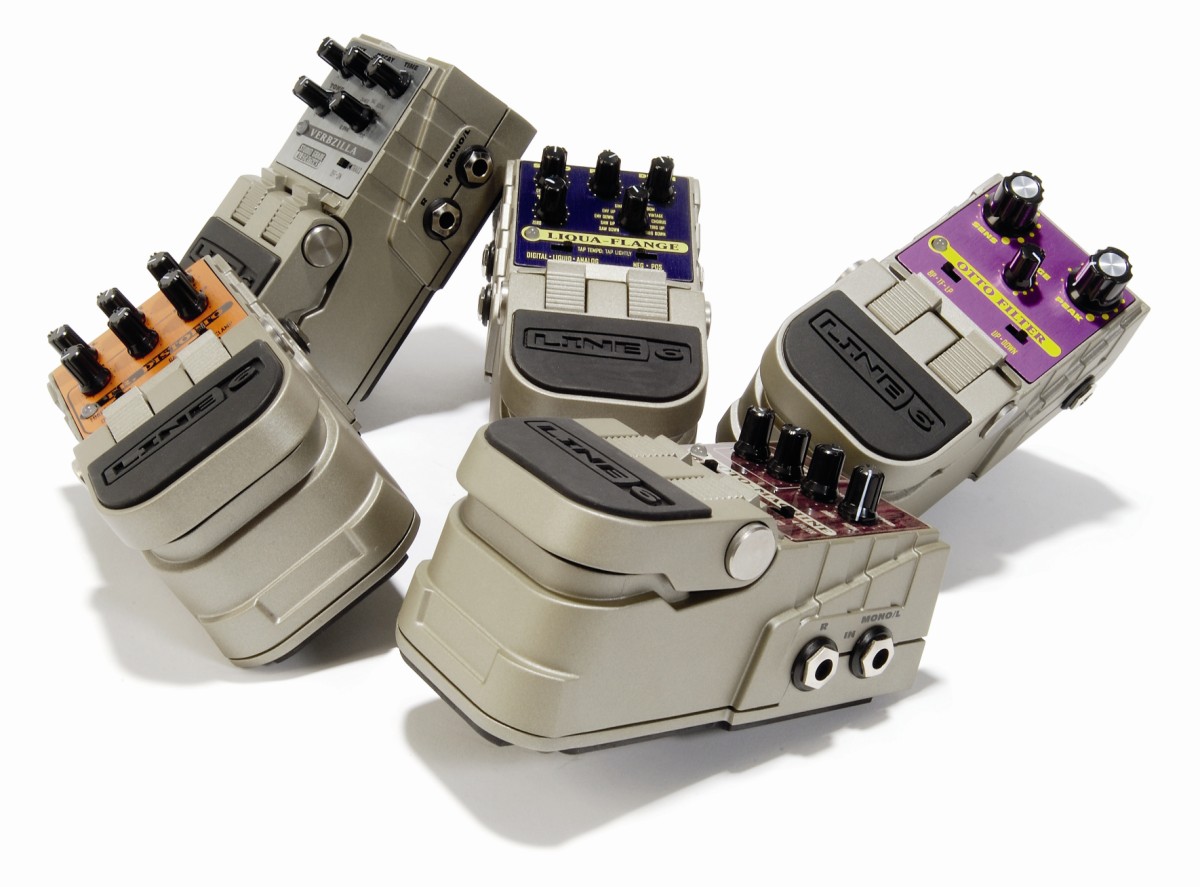MusicRadar Verdict
The second batch of ToneCores is even more impressive than the first, and although Dr Distorto is quite specific in its function it's an impressive bit of kit.
Pros
- +
The cheapest and most effective way of getting fake feedback.
Cons
- -
A mid-range control would be the icing on the cake.
MusicRadar's got your back
The first six ToneCore pedals impressed many people with the range and quality of the sounds that Line 6 was squeezing into such affordable stompboxes.
So with all that experience in digital modelling, it was hardly surprising Line 6 decided to redefine the stompbox, at least for the budget end of the market. There are now 11 pedals in the ToneCore range, and Dr Distorto is one of the finest of the latest five additions.
As before, the pedals are housed in tough powder-coated steel casings, which take up a relatively small amount of floor (or pedalboard) space, but are quite thick from top to bottom.
The number and layout of knobs and switches varies from pedal to pedal, so there's a risk that some of the more complex pedals could be fiddly to operate with sweaty fingers on a dim stage.
The battery is housed under the footswitch, accessed by depressing the switch all the way then squeezing both sides of its hinge. Given that they're digital pedals, you'll need to keep an eye on the battery life; you might be better off budgeting for a power supply.
Overview
The Über Metal provided deadly distortion duties in the first batch of ToneCores, offering a range of scooped metal rhythm and thick lead tones. Dr Distorto fills a less specialised, more 'classic' niche in the ToneCore tonal palette, but it does so with a rather special trick up its sleeve.
The six knobs on Dr Distorto's control panel are divided into two distinct regions. At the top are the level, tone and drive typical of most distortion pedals, and below are three controls for the built-in harmonic feedback circuit.
Want all the hottest music and gear news, reviews, deals, features and more, direct to your inbox? Sign up here.
Yes, as well as simulating the sound of high-gain valve stacks, this pedal can also replicate the sustain and feedback you get when standing in front of such things, but without the ear damage.
Operating the feedback circuit is very simple. There's a three-position switch for selecting the feedback mode. You can either sustain the original note, generate a note an octave above or turn the feedback off altogether.
Then the rise and fall controls govern the speed with which the feedback appears and disappears respectively. Finally, blend allows you to balance the feedback tone with the basic distortion tone.The pedal also features a simple noise gate, which can be used in 'mild' mode or brutal 'clamp' mode, or can be switched off.
Sounds
As a distortion pedal, Dr Distorto does a perfectly good job, aiming for somewhere among the classic Marshall tones with plenty of upper mid-range bite. However, the feedback circuit is bound to be the main attraction, and we were impressed by how well this effect blended into the overall sound.
Because of the vagaries of guitars, pickups and different playing styles, it's not completely predictable, but it's quite easy to set the controls so that with a bit of practice you can summon stunning endless sustain on demand.
We actually preferred the sustain mode rather than octave mode; the perfectly consistent octaves remind you it's all trickery, whereas the endlessly sustaining fundamental pitch is very convincing.
Another approach would be to turn the drive control all the way down, using just the feedback circuit on a clean sound. Alternatively, keep Dr Distorto clean and connect another distortion pedal later in the signal chain - this will then distort the feedback sound for an even more convincing effect!
